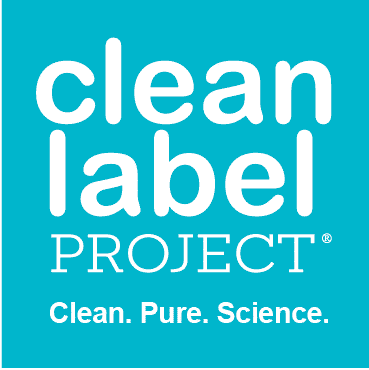BPA: It’s history in baby bottles, formula containers, and the health risks to newborns
BPA stands for Bisphenol A. It’s an industrial chemical that has been used to make certain plastics and resins since the 1960s. BPA is found in polycarbonate plastics and epoxy resins. Polycarbonate plastics are often used in containers that store food and beverages, such as water bottles as well as other consumer goods- including baby bottles. At least that was the case until July 2012.
In July, 2012, FDA took this action in response to a food additive petition filed by the American Chemistry Council (ACC). The ACC petition demonstrated, from publicly available information and information collected from industry sources, that “the use of polycarbonate resins in baby bottles and sippy cups” and “BPA-based epoxy resins as coatings in packaging for infant formula” had been “abandoned.” (Can you sense the satire and irony accompanying the extensive use of air quotes?)
As it turns out, it had been years since manufacturers voluntarily stopped using the plastic additive BPA (Bisphenol A) in sippy cups and baby bottles. Groups including the Natural Resources Defense Council had long argued that BPA should be removed from all food packaging because the chemical can act like the hormone estrogen in the body. Whatever the case was for how or why it was removed, it was a good thing. Here’s what we know about the potential health risks to newborns when it comes to BPA exposure.
According to the American Academy of Pediatrics (AAP), bisphenols used in polycarbonate plastic containers and linings of aluminum cans have been associated with obesity and attention-deficit/hyperactivity disorder. Studies have also shown that hormone-disrupting BPA may pose several health risks, including behavioral disorders, reproductive health concerns, and diabetes. These risks are thought to be higher for infants and children, due to their smaller bodies and potentially higher absorption rates. They are also thought to be higher for children exposed to the chemical in utero during their mother’s pregnancy.
Concerned about your baby’s exposure to BPA? According to the Children’s Environmental Health Network, here are ten tips for reducing your child’s exposure to BPA.
- When possible, avoid polycarbonate, especially for children’s food and drinks.
- Use clear silicone nipples. Avoid latex rubber nipples, as they can cause allergic reactions and can contain impurities linked to cancer.
- Use glass bottles when possible.
- If using plastic bottles, only use bottles labeled “BPA Free”. Avoid clear, hard plastic bottles marked with a 7 or “PC.”
- Avoid plastic bottle liners, as the soft plastic liners may leach chemicals into formula and breast milk, especially when heated.
- If using infant formula, purchase powdered formula instead of liquid formula.
- BPA can leach into liquid formula sold in metal cans. Canadian tests show no BPA leaching into powdered formula. The same brands are sold in the U.S., making powdered formula a low-risk for BPA contamination.
- Avoid using plastics that aren’t identified on the packaging.
- Look for plastic products that state “no bisphenol A (BPA).”
- Never heat or microwave food or drink in any plastic containers.
Author: Jackie Bowen, Executive Director
